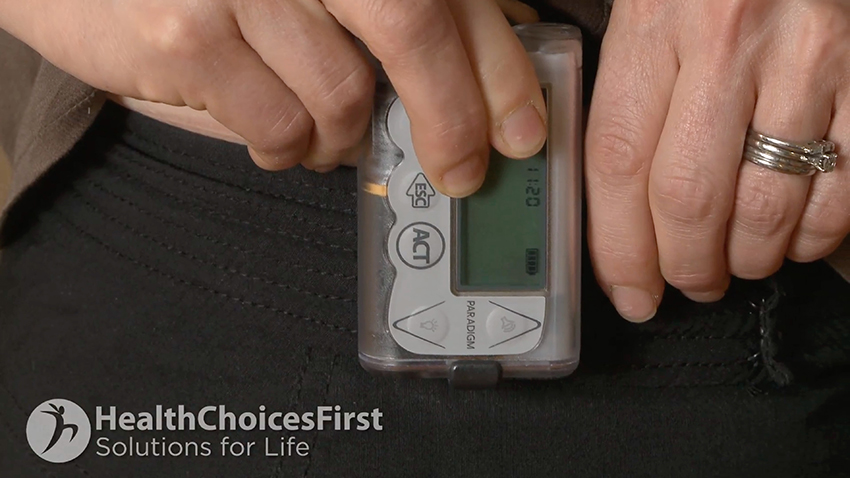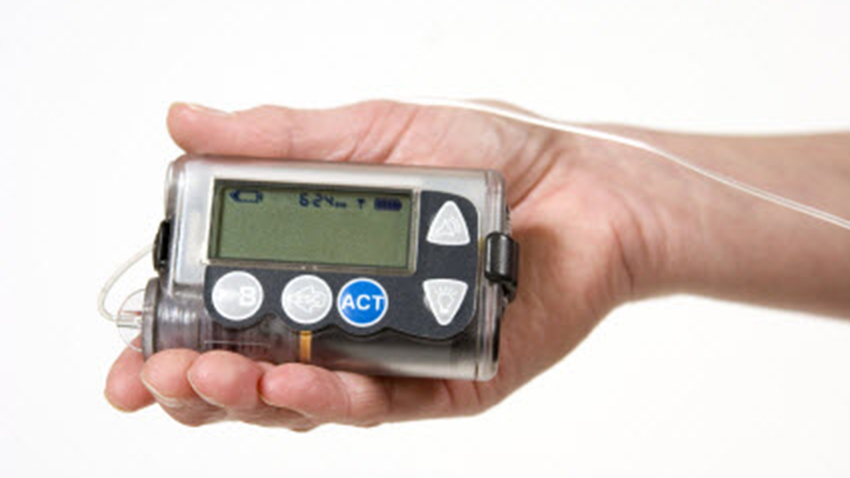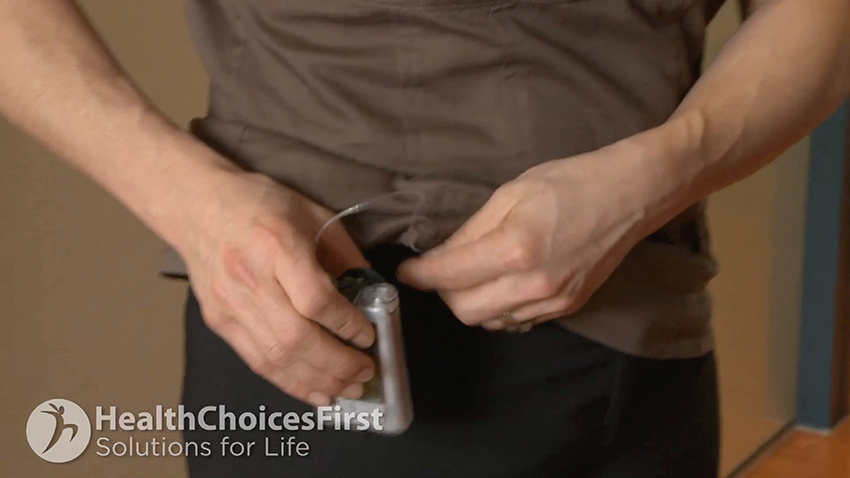Chronic Disease Education
Acute Condition Education
Working with your Family Physician
Working with Allied Care Providers
Insulin Pumps & Injectors
Knowledge is Power.
True/False - Quiz: Do You Understand Insulin Pumps & Injectors?
Information - Insulin Pumps & Injectors
 If you have diabetes, your pancreas doesn’t produce enough insulin or your body does not properly use the insulin it makes. All patients with type 1 diabetes and some with type 2 diabetes will require insulin.
If you have diabetes, your pancreas doesn’t produce enough insulin or your body does not properly use the insulin it makes. All patients with type 1 diabetes and some with type 2 diabetes will require insulin.
Insulin Pumps
An insulin pump is a portable, battery-operated device that delivers a continuous amount of fast-acting insulin. Patients insert a small tube called a canula under the skin, and the insulin pump delivers automatic doses of insulin via this small tube. The cannula and tube need to be changed every two or three days. An insulin pump mimics a normal pancreas by delivering a basal insulin dose, and bolus doses at mealtime when your blood glucose levels rise.
 Your diabetes healthcare team will help you program the doses that are right for you to deliver the appropriate amount of insulin based on what you’ve eaten. If needed in certain situations, you can also deliver extra (bolus) doses by pushing a button on the pump. Patients with type 1 or type 2 diabetes will also need to monitor carbohydrates and glycemia while doing insulin pump therapy. When you begin diabetes treatment with an insulin pump, it may take some time for you and your diabetes care team to determine the proper basal and bolus insulin doses. It’s a good idea to take some training from a diabetes educator to learn how to use your insulin pump.
Your diabetes healthcare team will help you program the doses that are right for you to deliver the appropriate amount of insulin based on what you’ve eaten. If needed in certain situations, you can also deliver extra (bolus) doses by pushing a button on the pump. Patients with type 1 or type 2 diabetes will also need to monitor carbohydrates and glycemia while doing insulin pump therapy. When you begin diabetes treatment with an insulin pump, it may take some time for you and your diabetes care team to determine the proper basal and bolus insulin doses. It’s a good idea to take some training from a diabetes educator to learn how to use your insulin pump.

Insulin Pens
An insulin pen comes apart, just like a pen. You open up a cartridge of insulin and put it in the pen, then attach an insulin needle. When you put a new cartridge in you might have to prime it, which means getting the insulin right up to the tip of the needle. You pinch up a little bit of skin and insert the needle at a 90-degree angle - it's a subcutaneous injection. You press the dose in for about three seconds, remove it and place the needle into a sharps container. It's important to wash your hands before you inject your insulin, use a new needle each time and rotate your injection sites. If you don't rotate your sites, you could develop lipohypertrophy, which is the development of scar tissue in the subcutaneous fat layer where you do your insulin injections.
Talk to your endocrinologist if you'd like more information on insulin pumps and injectors.
Visit HealthChoicesFirst.com for more videos and resources on diabetes.
Print this Action Plan and check off items that you want to discuss with your healthcare provider
-
An insulin pump is a portable, battery-operated device that delivers a continuous amount of fast-acting insulin. Patients insert a small tube called a canula under the skin, and the insulin pump delivers automatic doses of insulin via this small tube.
-
Patients with type 1 or type 2 diabetes will need to monitor carbohydrates and glycemia while doing insulin pump therapy.
-
An insulin pen comes apart, just like a pen. You open up a cartridge of insulin and put it in the pen, then attach an insulin needle.
-
All patients with type 1 diabetes and some with type 2 diabetes will require insulin.
-
If you don't rotate your sites, you could develop lipohypertrophy, which is the development of scar tissue in the subcutaneous fat layer where you do your insulin injections.

